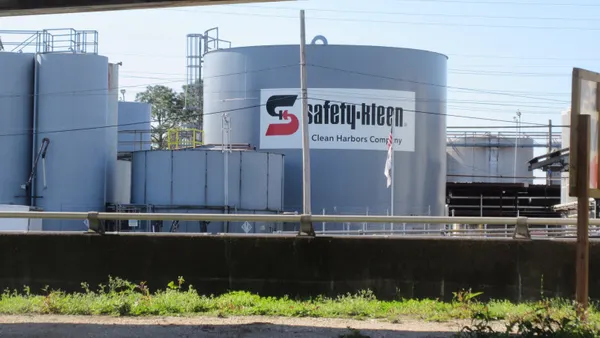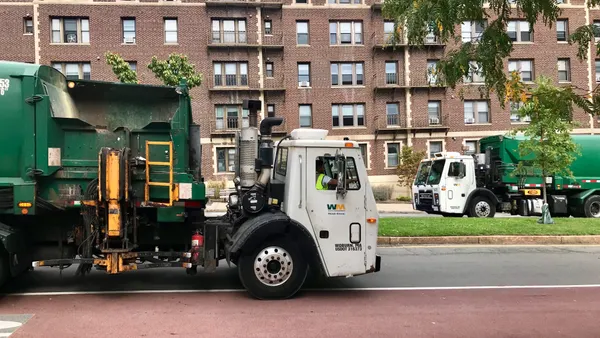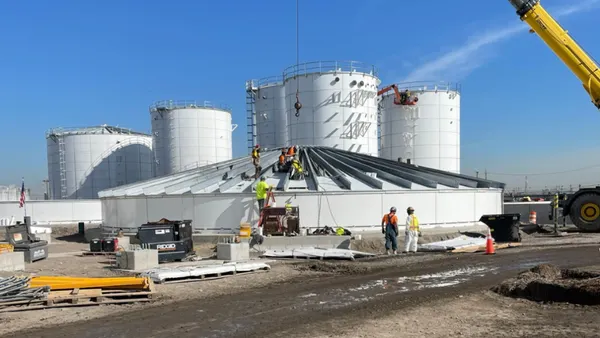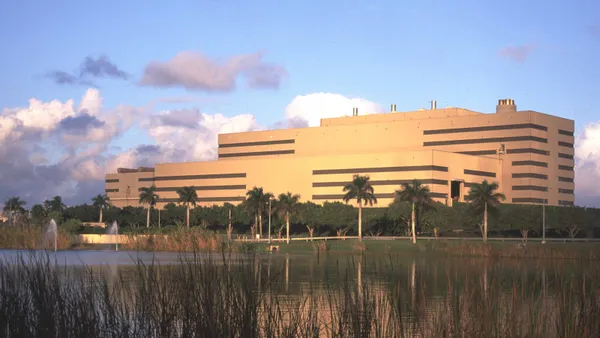Dive Brief:
- The newly released Sustainable Energy in America Factbook, produced by the Business Council for Sustainable Energy and Bloomberg New Energy Finance, shows renewable energy trends — including biomass, biogas, and waste-to-energy — added 224 MW of capacity last year, up 15% from 2014.
- Capex for waste-to-energy and anaerobic digestion showed a slight decrease in 2015, however due to relatively few WTE projects under development at any given time, the costs of individual projects can significantly fluctuate these figures.
- There has been an increase in asset finance for new biomass, as well as an increase in capacity. Biogas capacity has been declining, despite that asset finance has rebounded, with low natural gas prices among main reasons. And more than half of renewable energy investments go to solar technologies, as reported in Biomass Magazine.
Dive Insight:
For a few years, solar energy and wind energy have been on a boon over biomass, biogas, and waste-to-energy, as noted by the Biomass Power Association (BPA). While biomass, biogas and WTE grew by 15% since 2008, wind grew by 65% in 2014 alone.
WTE, biomass, and biogas infrastructures are struggling to compete, which has those in the industry calling for policy to keep this alternative fuel source alive.
"The year 2015 marked a dramatic increase in public and government recognition of the necessity of renewable energy, particularly wind and solar. This is great news for the overall renewable energy industry," said Bob Cleaves, president and CEO of the BPA.
“The not-so-good news is that baseload renewable energy, like biomass, does not have access to the same level of support by policymakers. A reliable, sustainable energy infrastructure cannot rely solely on intermittent sources of energy. We hope to see more government support in the coming years to preserve the existing asset base [of biomass energy] as well as add to the nation's biomass fleet," said Cleaves.











